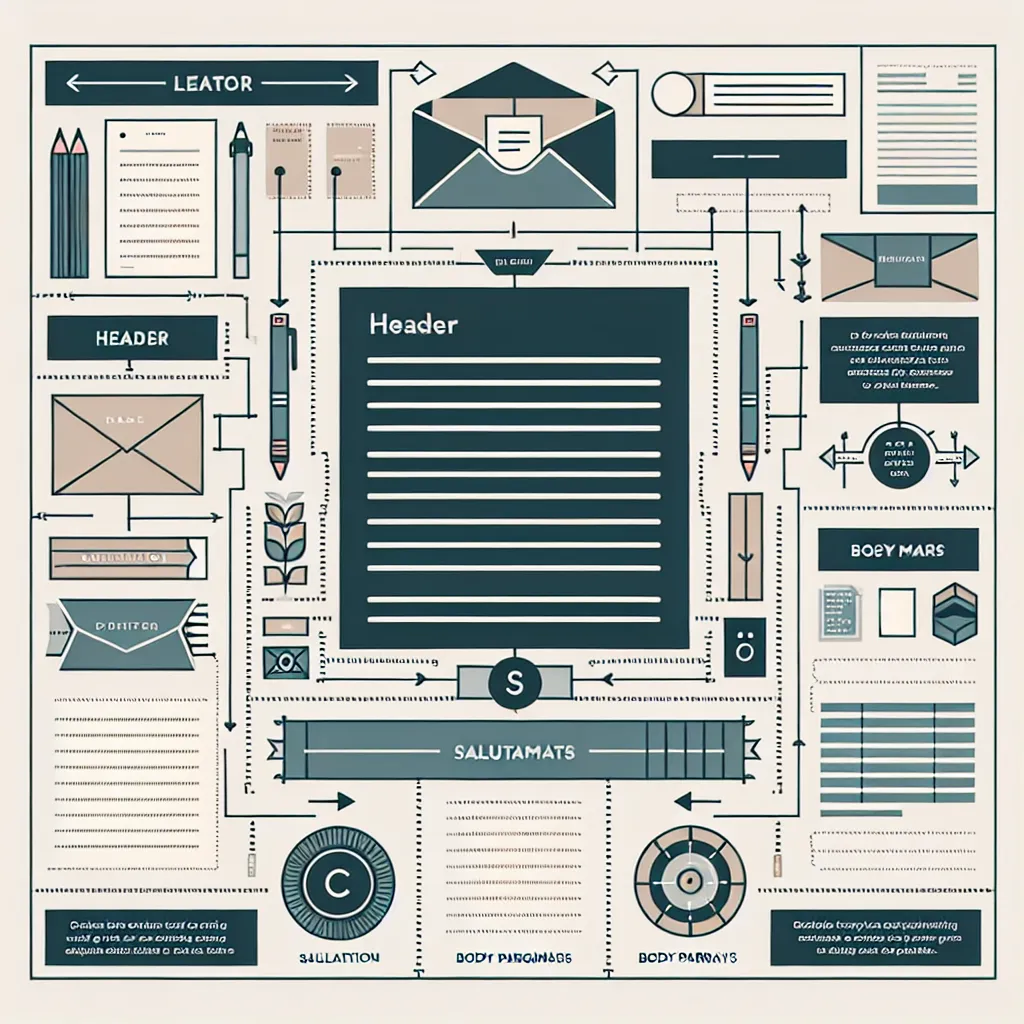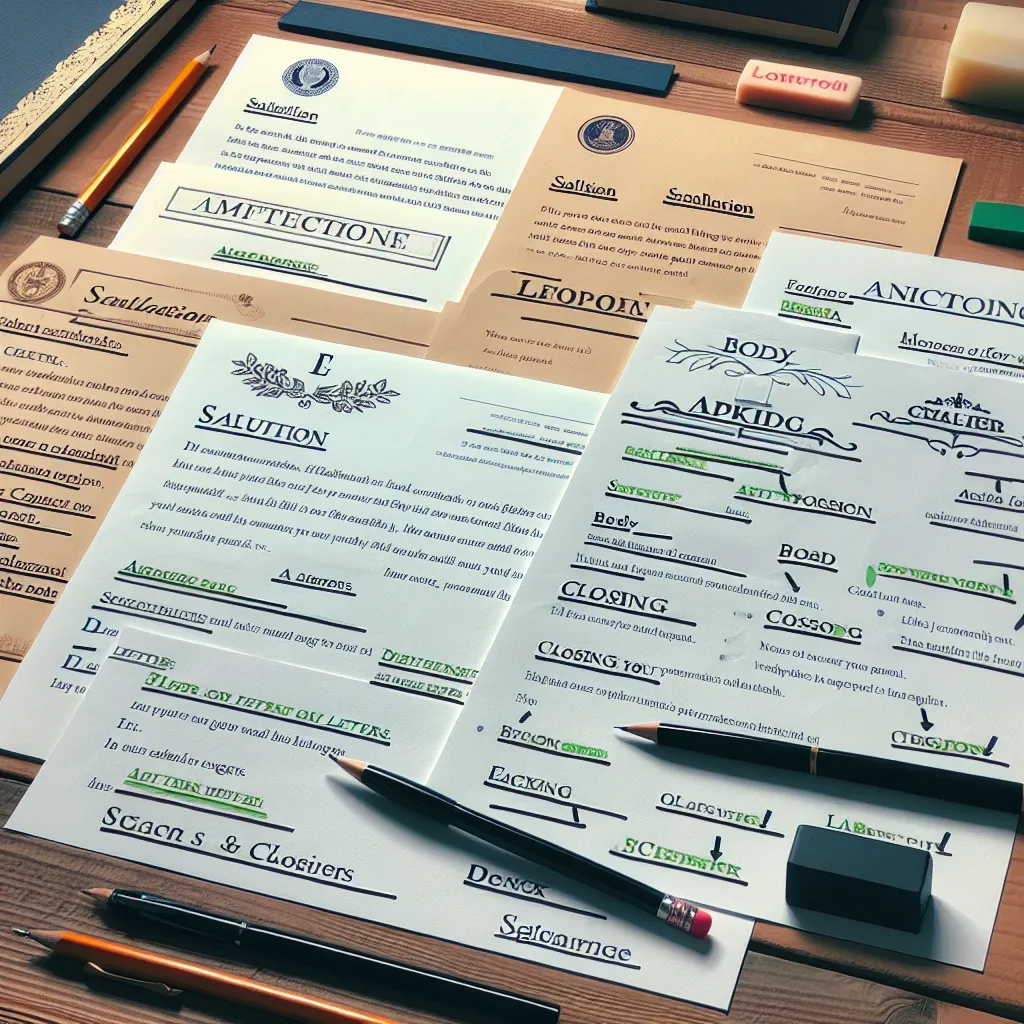Are you preparing for the Cambridge English exams and feeling uncertain about tackling the formal letter writing task? You’re not alone. Many test-takers find this part of the exam challenging, but with the right approach and practice, you can master the art of formal letter writing. In this comprehensive guide, we’ll walk you through the essential steps and provide valuable tips to help you excel in Cambridge Writing Task 1.
Understanding the Formal Letter Writing Task
Before diving into the specifics of writing a formal letter, it’s crucial to understand what Cambridge examiners are looking for in Writing Task 1. This task assesses your ability to communicate effectively in formal contexts, demonstrating your grasp of appropriate language, tone, and structure.
Key Components of a Formal Letter
- Clear purpose and content
- Appropriate tone and register
- Correct format and structure
- Accurate grammar and vocabulary
- Coherence and cohesion
 Cambridge Formal Letter Writing
Cambridge Formal Letter Writing
Step-by-Step Guide to Writing a Formal Letter
1. Analyze the Task
Carefully read the task instructions to identify:
- The purpose of the letter
- The target audience
- The key points you need to address
2. Plan Your Letter
Take a few minutes to organize your thoughts:
- Brainstorm ideas for each point
- Decide on the order of your paragraphs
- Note down any formal phrases or vocabulary you want to include
3. Structure Your Letter
Follow this standard format for your formal letter:
- Your address (top right corner)
- Date
- Recipient’s address (left-aligned)
- Salutation (e.g., “Dear Sir/Madam” or “Dear Mr./Ms. [Name]”)
- Subject line (optional, but recommended)
- Introductory paragraph
- Main body paragraphs
- Concluding paragraph
- Closing (e.g., “Yours faithfully” or “Yours sincerely”)
- Your full name
4. Write the Introduction
Start with a clear purpose statement:
- Explain why you’re writing
- Use a formal tone from the beginning
Example: “I am writing to express my concern about the recent changes to the local park’s opening hours.”
5. Develop the Main Body
Dedicate each paragraph to a separate point:
- Use topic sentences to introduce each main idea
- Provide supporting details and examples
- Use formal linking words to ensure cohesion
6. Craft a Strong Conclusion
Summarize your main points and:
- Restate your purpose if necessary
- Include a call to action or future expectation
- Thank the reader for their attention
Example: “I hope you will consider the points raised in this letter and take appropriate action to address these concerns. I look forward to hearing from you regarding this matter.”
7. Review and Refine
Always leave time to check your letter for:
- Spelling and grammar errors
- Appropriate tone and formality
- Clarity and coherence
- Adherence to the word count
Essential Tips for Excelling in Formal Letter Writing
-
Use Formal Language: Avoid contractions, colloquialisms, and overly casual expressions. Opt for more formal alternatives (e.g., “I am” instead of “I’m”, “however” instead of “but”).
-
Employ a Range of Structures: Showcase your language skills by using a variety of complex sentence structures and advanced grammatical forms.
-
Maintain a Professional Tone: Keep your writing polite and respectful throughout, even if you’re expressing a complaint or disagreement.
-
Be Concise: While it’s important to provide detail, avoid unnecessary wordiness. Each sentence should serve a clear purpose.
-
Use Appropriate Salutations and Closings: If you know the name of the recipient, use “Dear Mr./Ms. [Last Name]” and close with “Yours sincerely”. If you don’t know the name, use “Dear Sir/Madam” and close with “Yours faithfully”.
-
Practice Time Management: In the exam, allocate your time wisely between planning, writing, and reviewing your letter.
 Formal Letter Examples
Formal Letter Examples
Common Mistakes to Avoid
- Using an informal tone or colloquial expressions
- Failing to address all points mentioned in the task
- Writing overly long or short paragraphs
- Neglecting to use a clear structure with appropriate paragraphing
- Forgetting to include your address or the date
- Using the wrong salutation or closing based on the recipient
Next Steps in Your Preparation
Now that you have a solid understanding of how to write a formal letter for Cambridge Writing Task 1, it’s time to put your knowledge into practice:
-
Study Sample Letters: Analyze high-scoring sample letters to understand what examiners are looking for.
-
Practice Regularly: Set aside time each week to write practice letters on various topics.
-
Seek Feedback: Have a teacher or proficient English speaker review your letters and provide constructive criticism.
-
Build Your Vocabulary: Create a list of formal phrases and advanced vocabulary relevant to common letter-writing topics.
-
Timed Practice: As the exam approaches, practice writing letters under timed conditions to improve your speed and efficiency.
By following this guide and dedicating time to practice, you’ll be well-prepared to tackle the formal letter writing task in your Cambridge exam. Remember, the key to success lies in combining appropriate formality, clear structure, and accurate language use. Keep refining your skills, and you’ll approach Writing Task 1 with confidence on exam day.
[internal_links]




